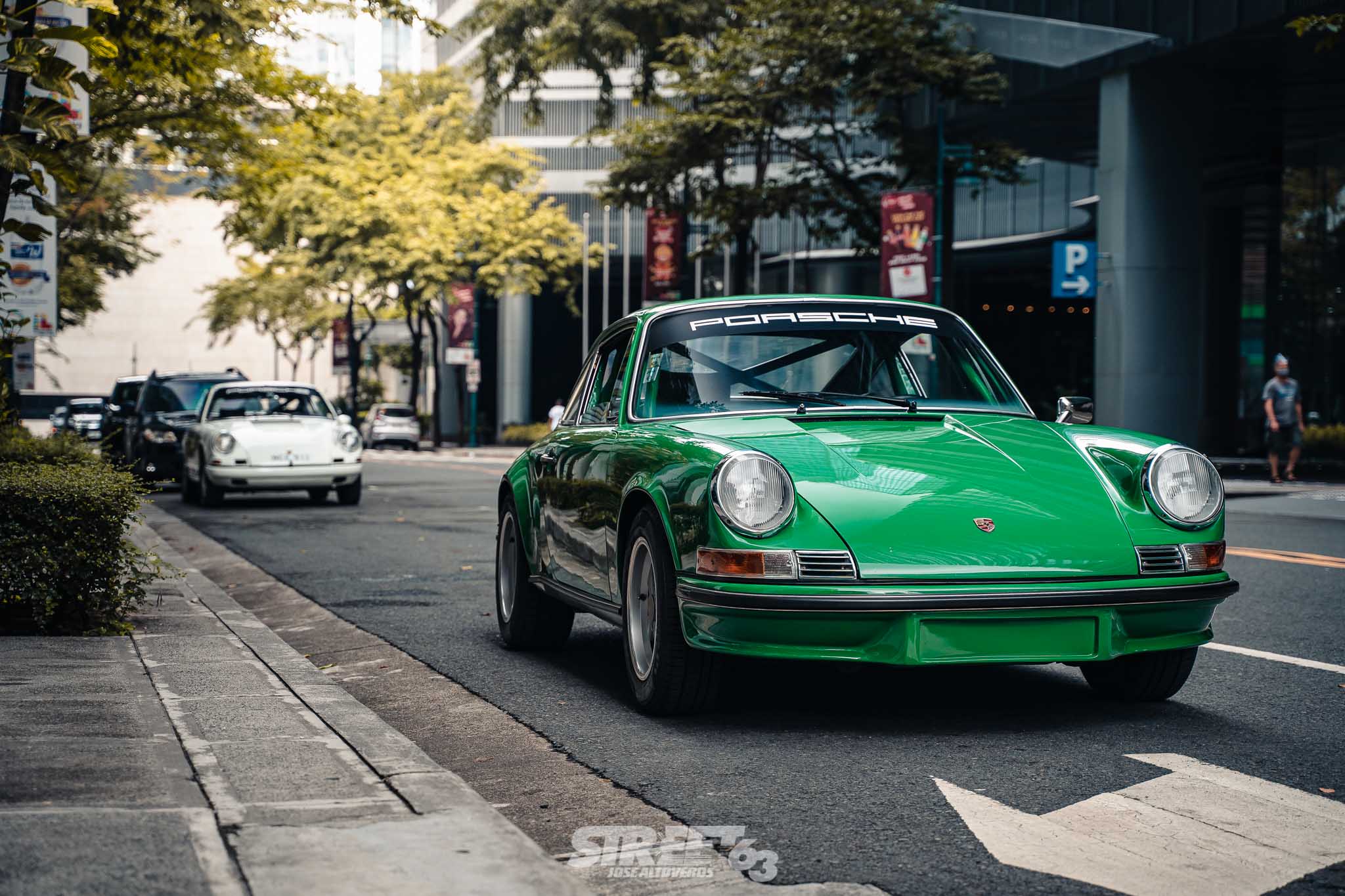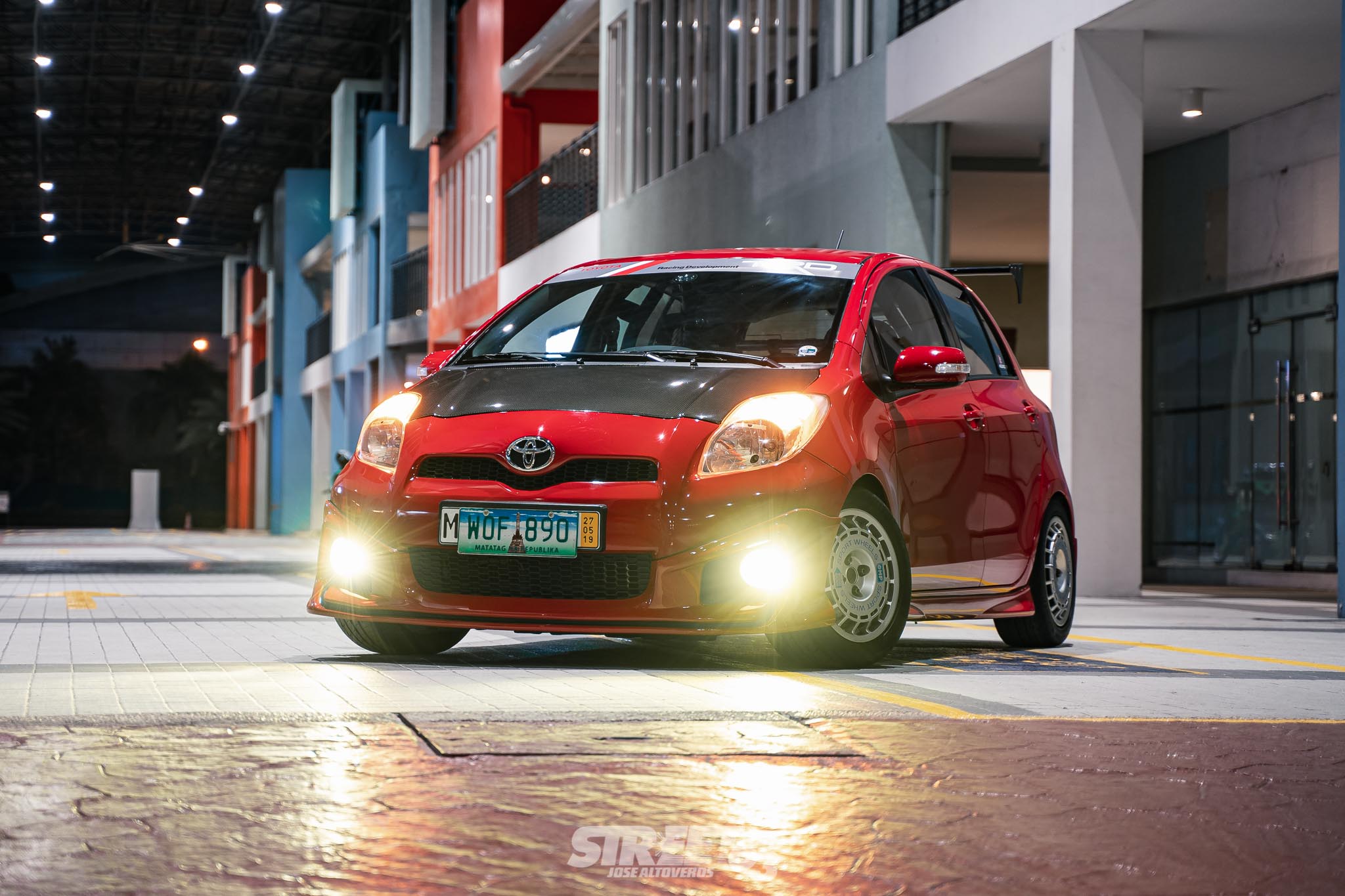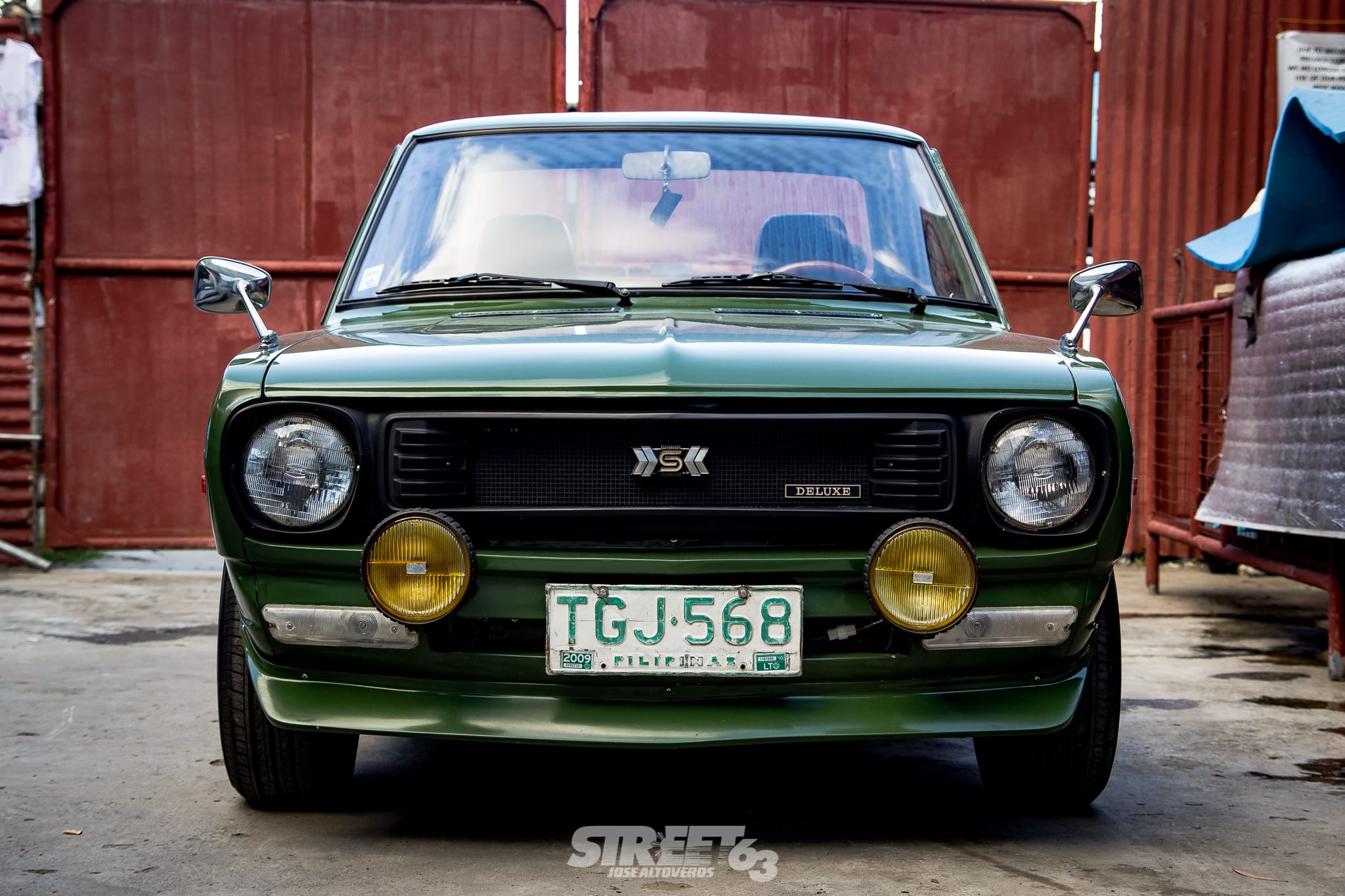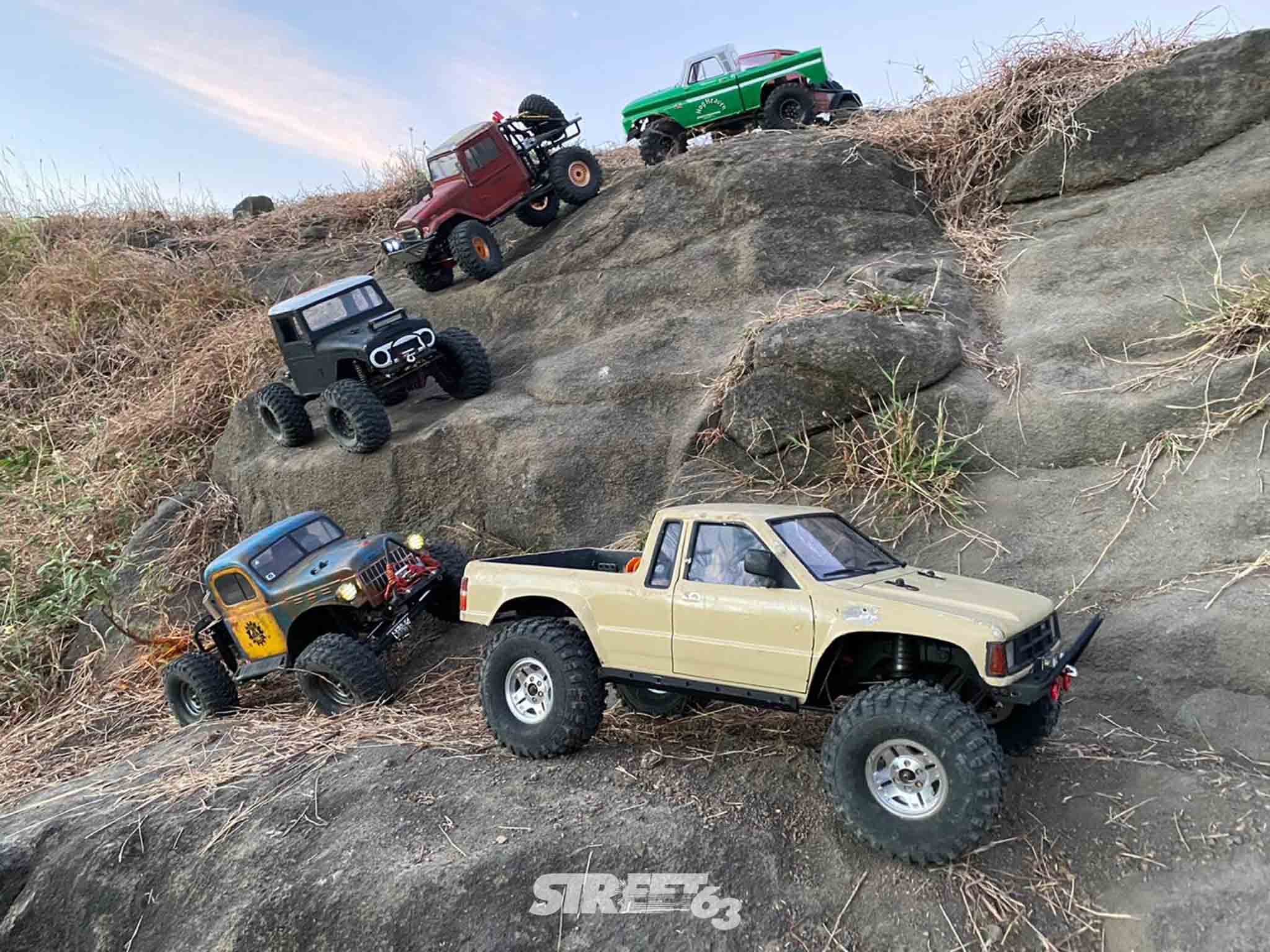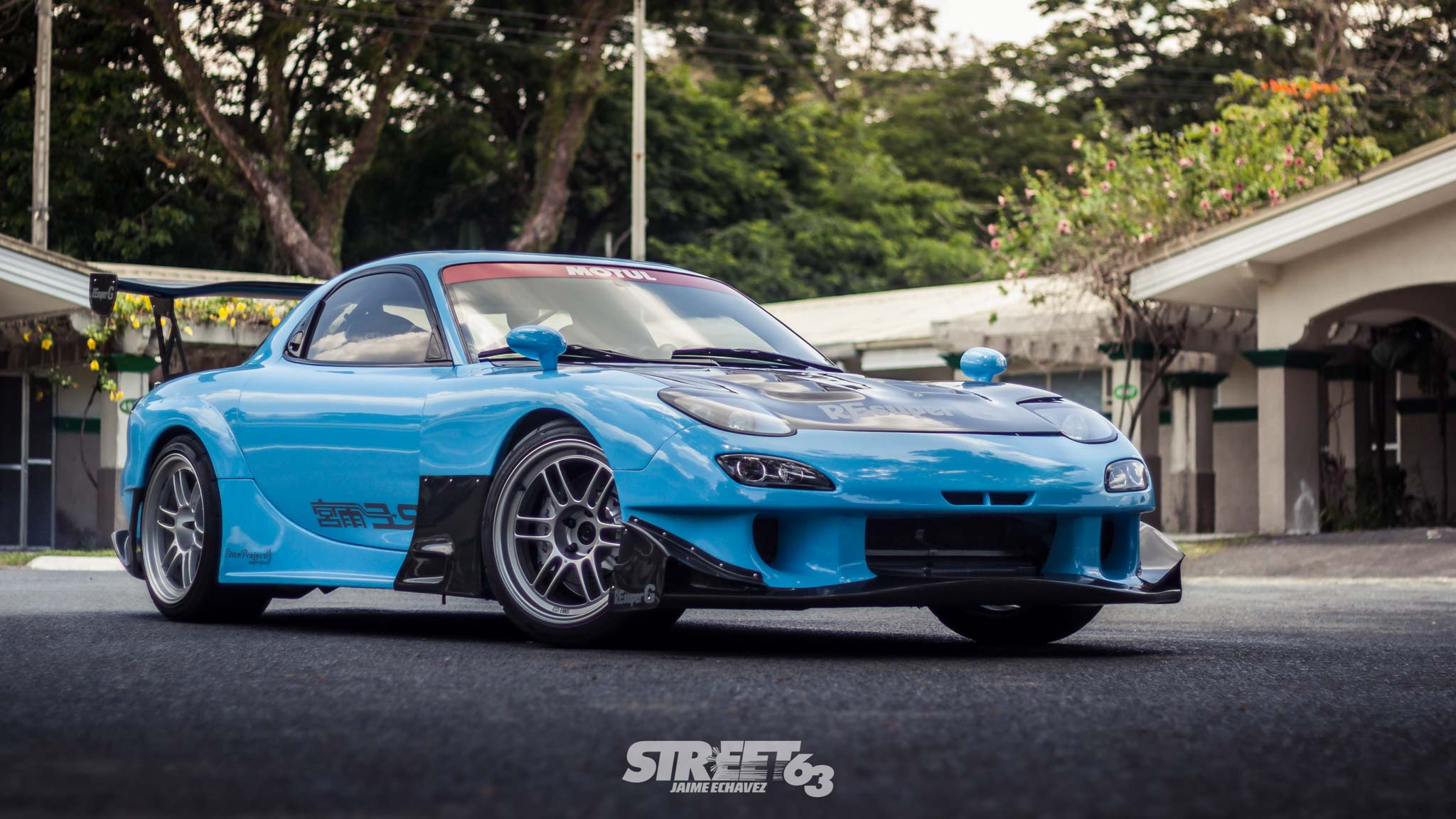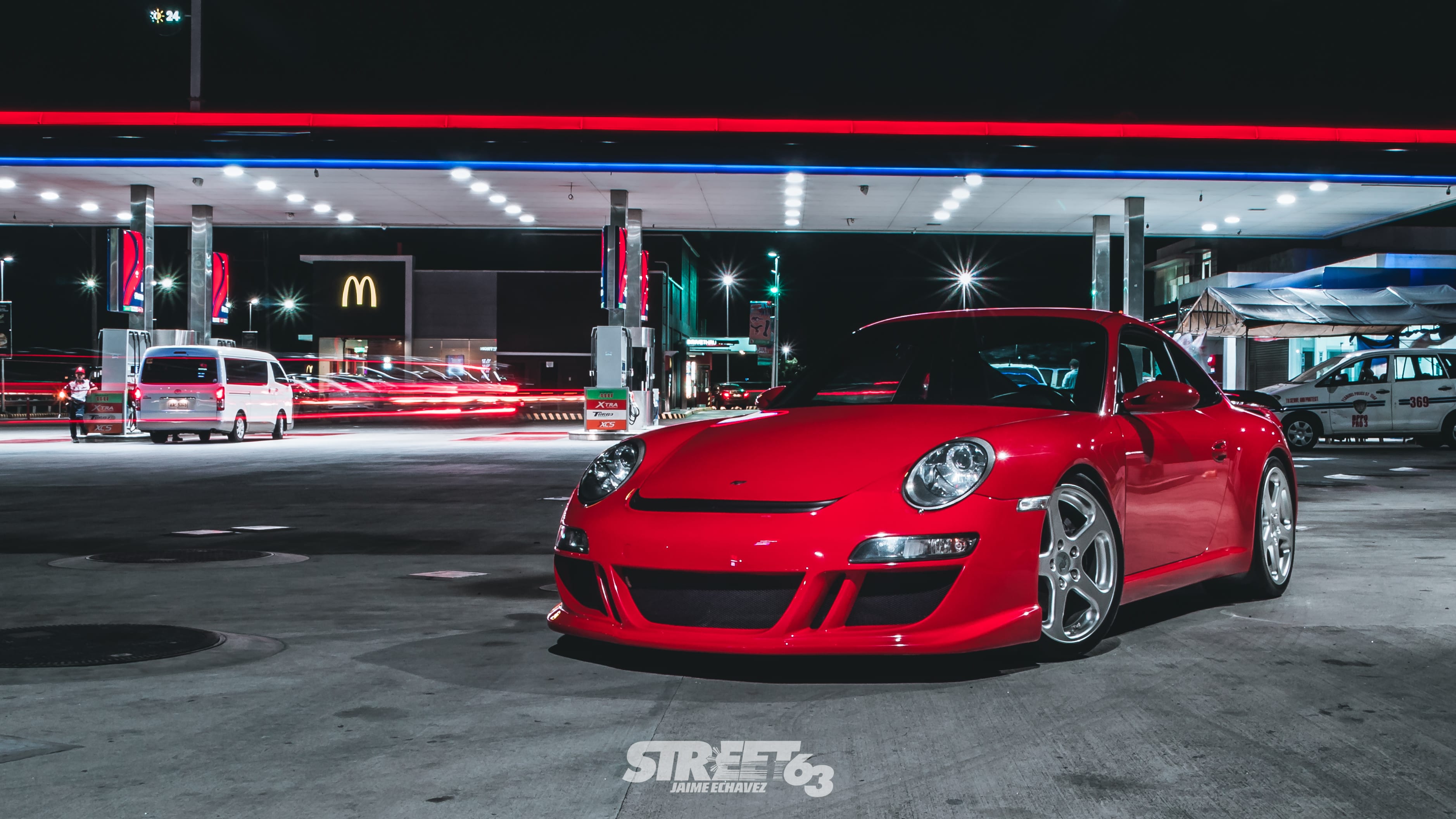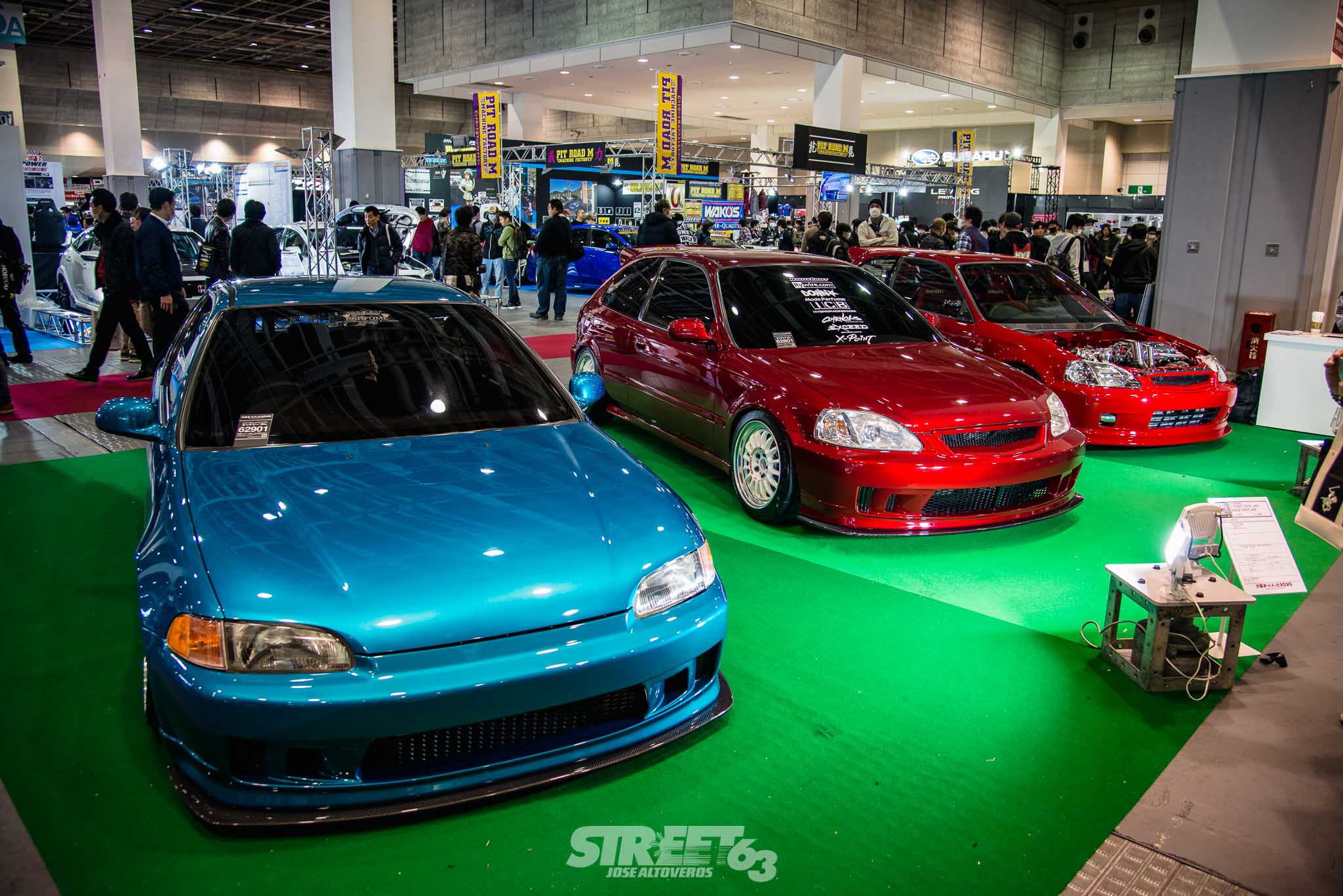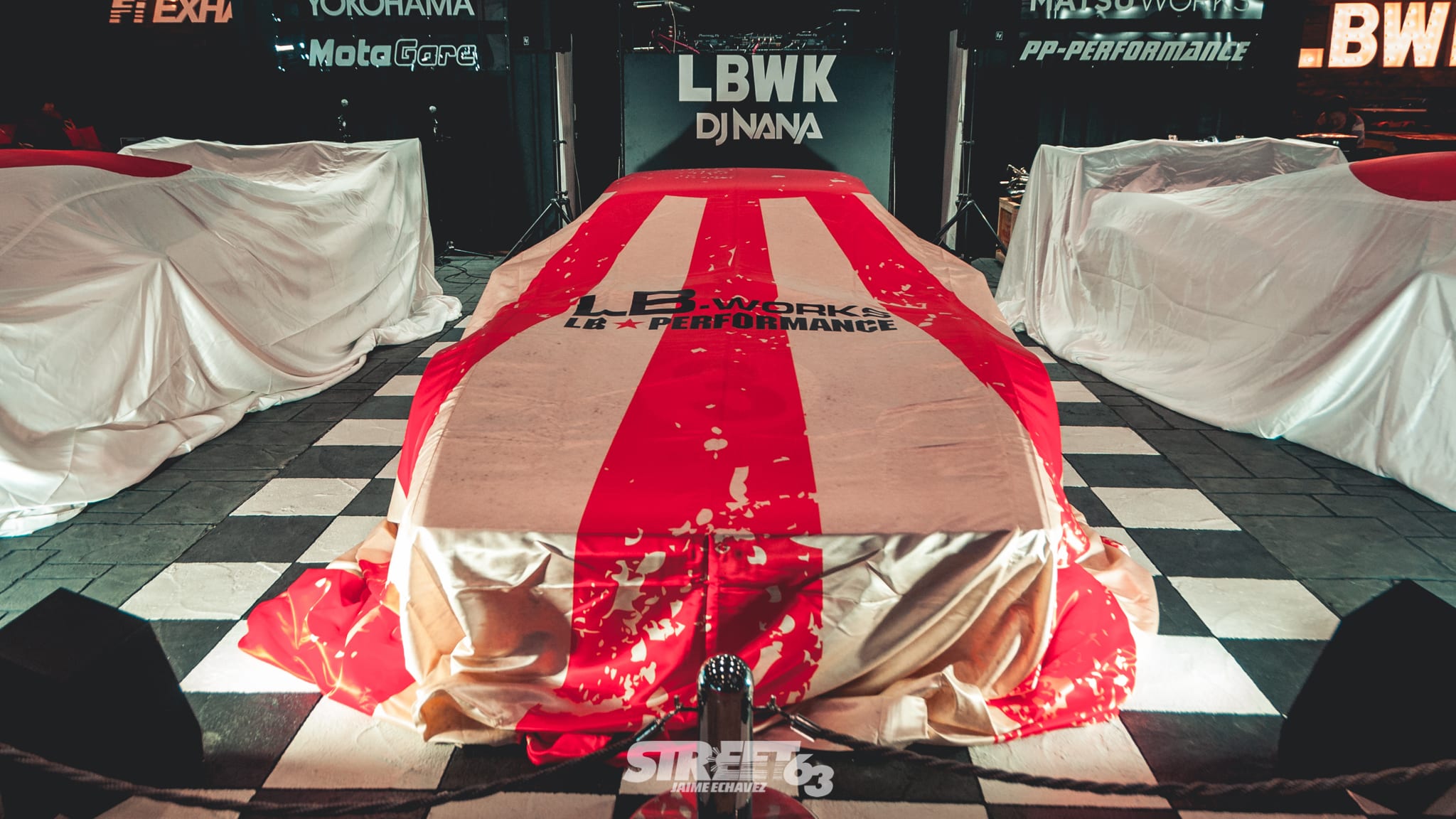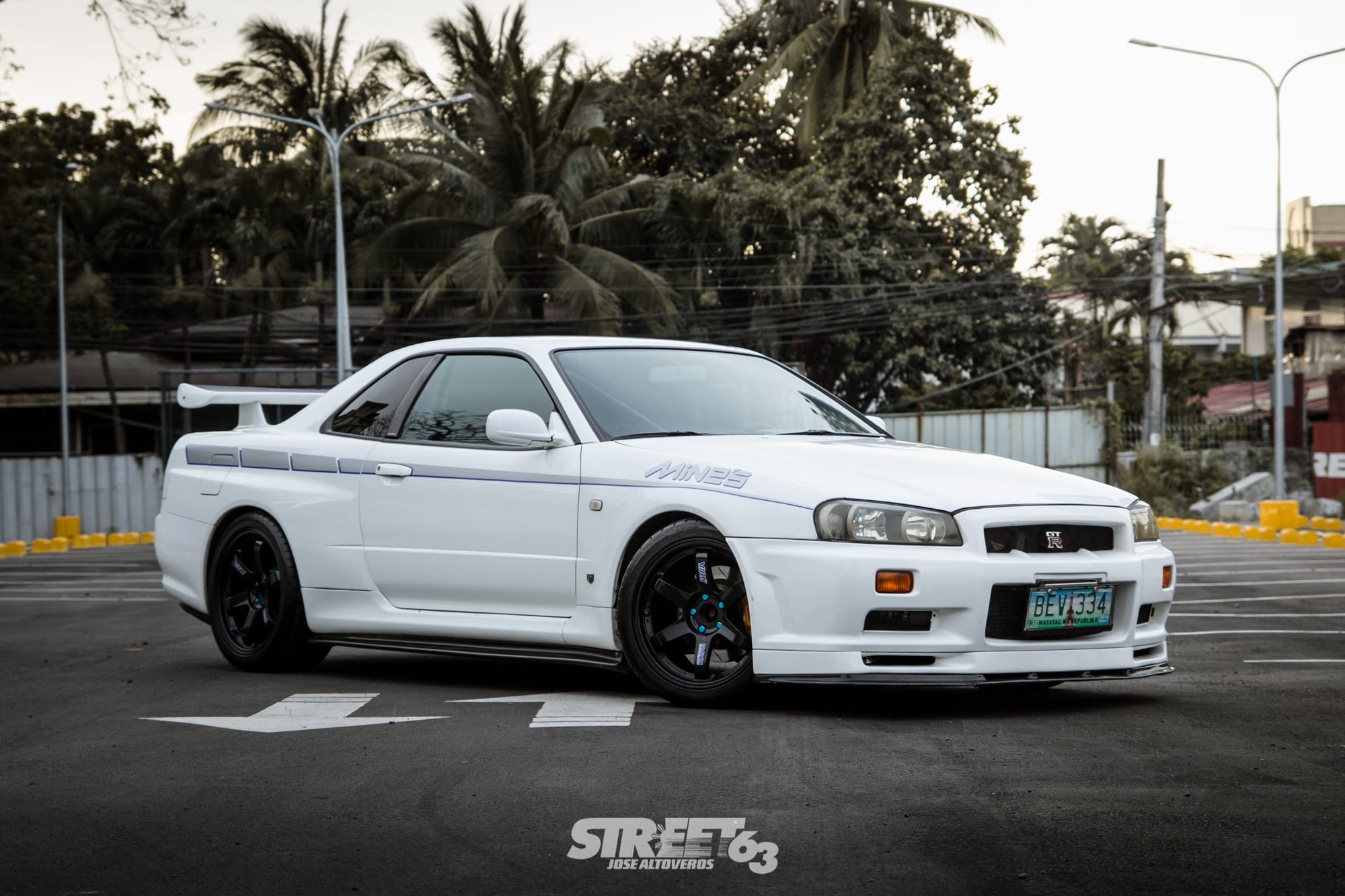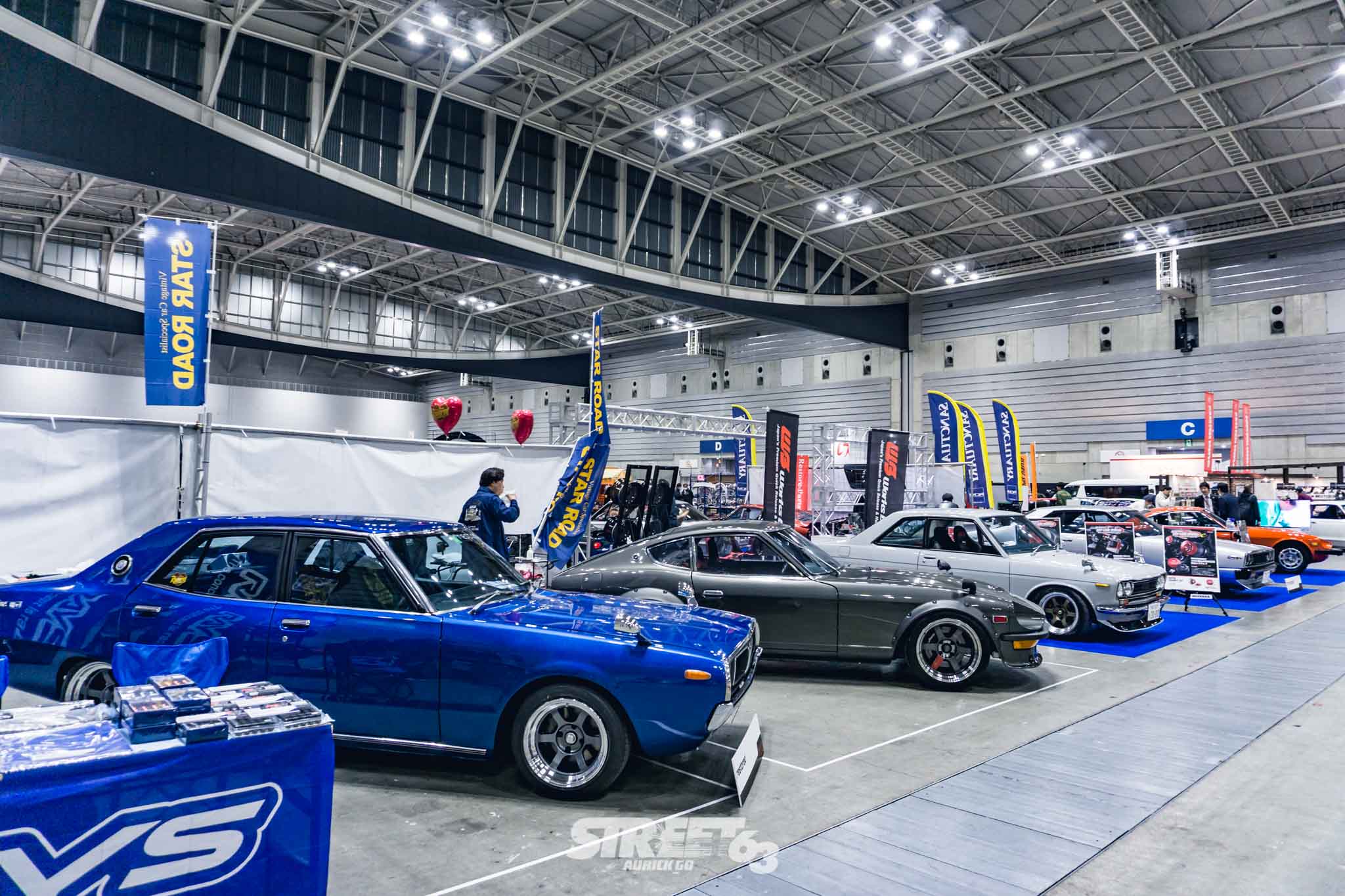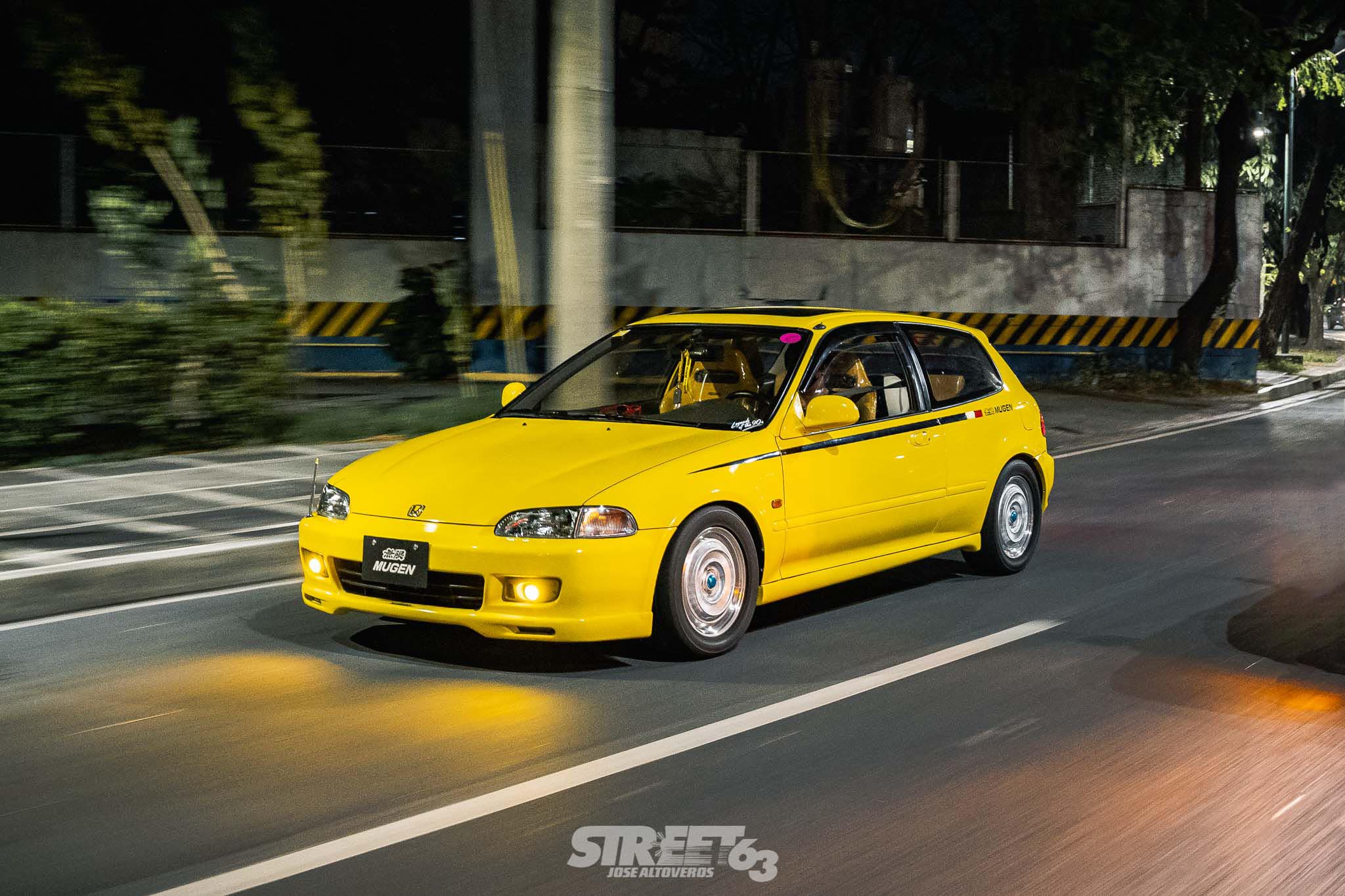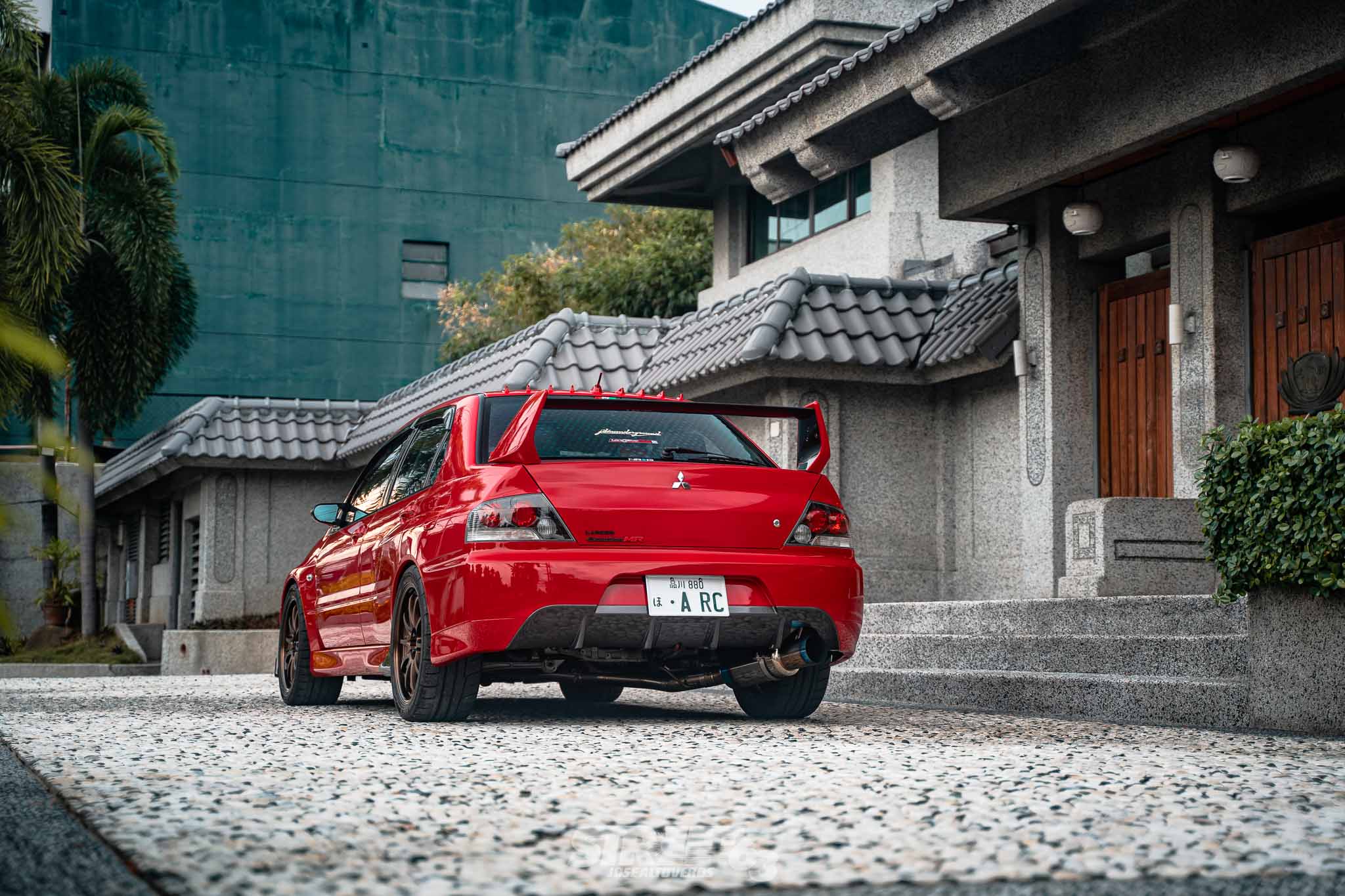No Substitute: Porsche Sports Purpose Trio
The Porsche 911 is one of those cars with a rich history and a devoted following the world over. Naturally, the 911 modification scene shares in that history and has its own different schools of thought. There are names that need no introduction, such as Ruf, Gemballa, Rauh Welt Begriff, and Singer. From this group, we’ve already covered a wide range of ideas on how to improve the 911.
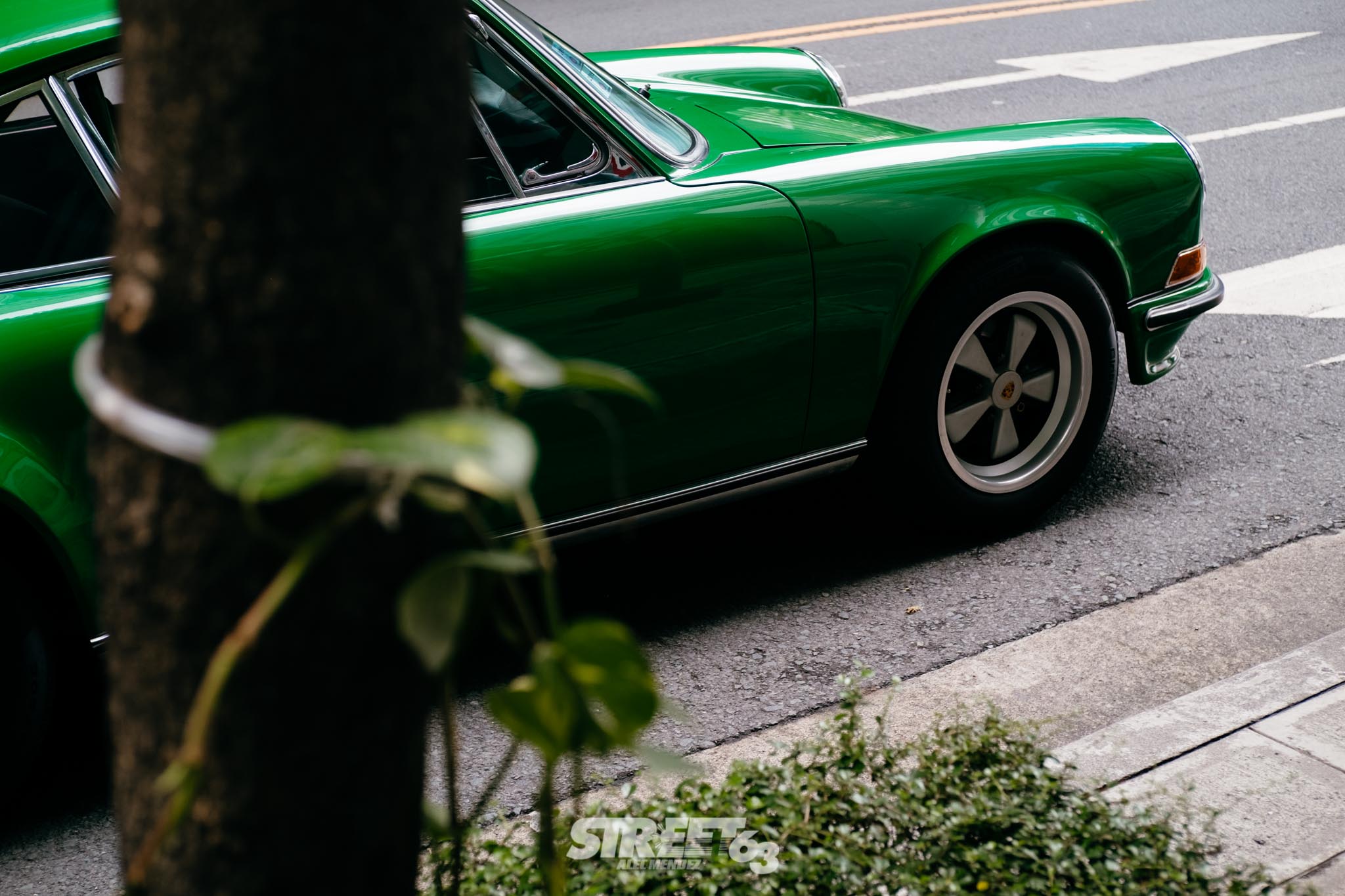
There is no one set way to modify a 911, but there is one set of guidelines that was, more or less, recommended by Porsche early in the 911’s life. Porsche was a much smaller company when the 911 made its debut in late 1963. Though it had a prominent factory presence in motorsport, much of the brand’s representation in racing was through privateers running in various forms of competition: hillclimb, touring cars, rallying, and endurance racing.
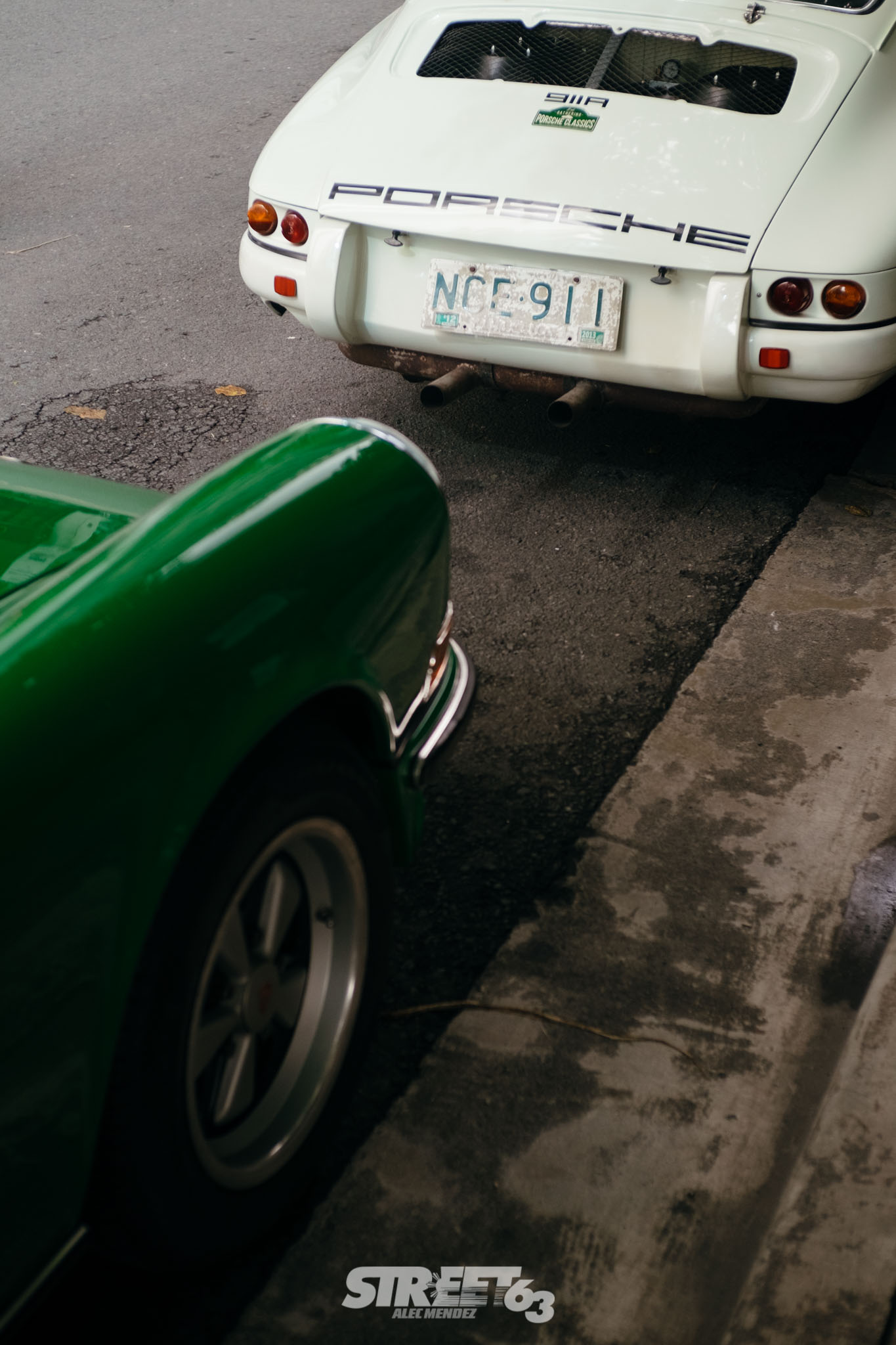
In 1968, Porsche released a document titled Information Regarding Porsche Vehicles Used for Sports Purposes, popularly referred to as the “Porsche Sports Purpose Manual.” Created with customer-raced 911s in mind, it was essentially a parts catalog with commentary and a set of recommendations for specific use cases.
Today, the term “Sports Purpose” describes early Longhood 911s modified in the same spirit as the original document. The primary goal of a Sports Purpose build is to improve the 911’s usability in competition and spirited driving, with each change to the car carefully considered, resulting in a well-rounded package. Interest in Sports Purpose 911s has increased in recent years, largely due to the California-based R Gruppe, and their club’s blending of the Sports Purpose philosophy with a Steve McQueen-inspired outlaw aesthetic.

The two cars seen here, a white 1965 911 and a green 1973 911E, are prime examples of the Sports Purpose philosophy. But they don’t frolic in the hills of Los Angeles or the San Francisco Bay – they live right in the heart of Metro Manila. Both cars are owned by Mr. Noy Yao, who regularly drives them on the track along with plenty of kilometers driven across Luzon and Visayas. These two are no strangers to long-distance trips with Porsche Club Philippines and Autorambla, a local group of classic Porsche enthusiasts with a focus on “SPaT” (Sports Purpose and Touring) 911s.
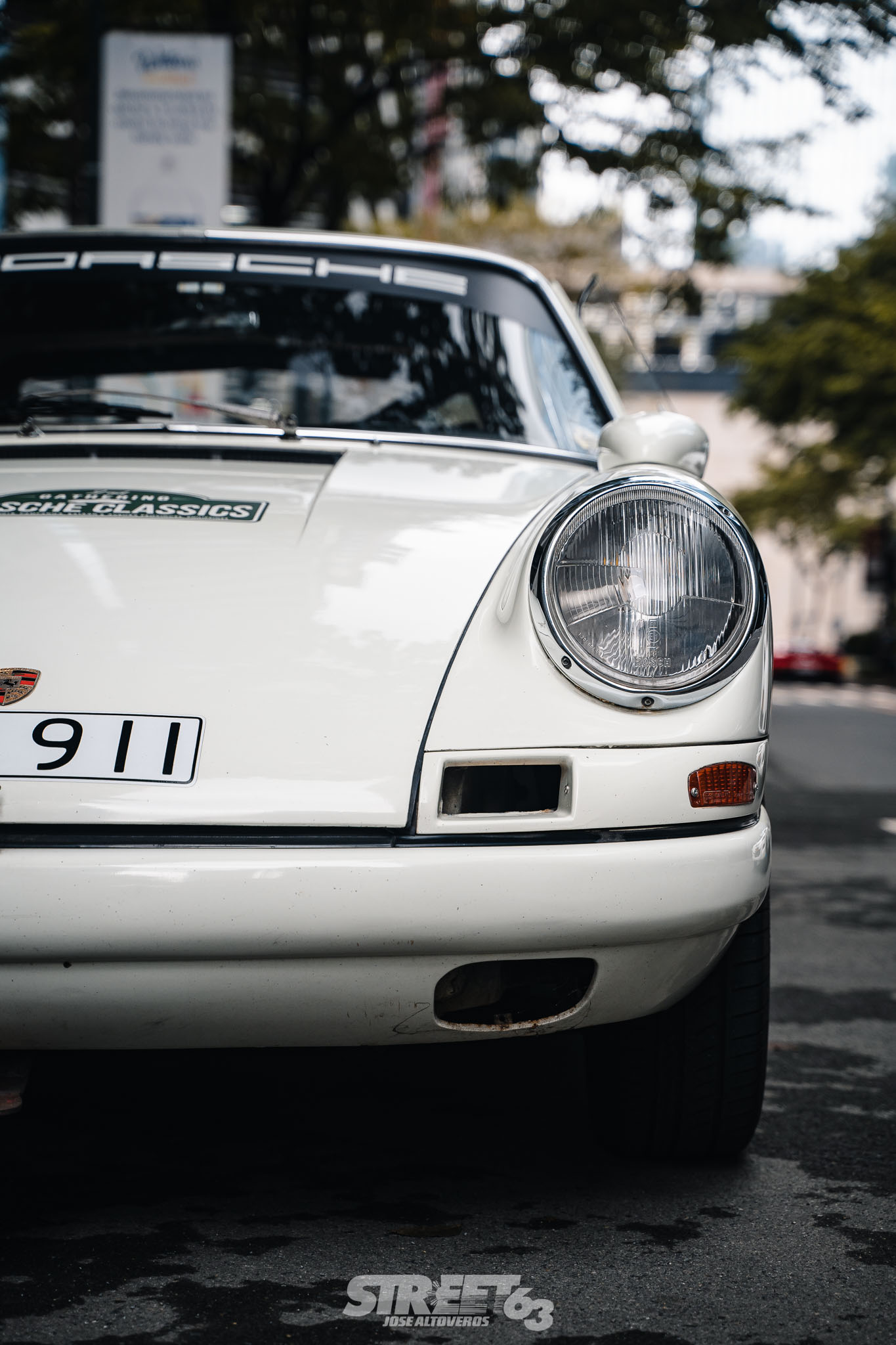
Inspired by Porsche’s own 911R, Noy’s white ‘65 car is built primarily for racing, and has competed in Manila Sports Car Club events since 2002. Much work has been done to lighten the car: a stripped interior, an aluminum rear decklid, lighter bumpers, and Lexan rear windows, to name a few things. The result is a curb weight of just 950 kg.
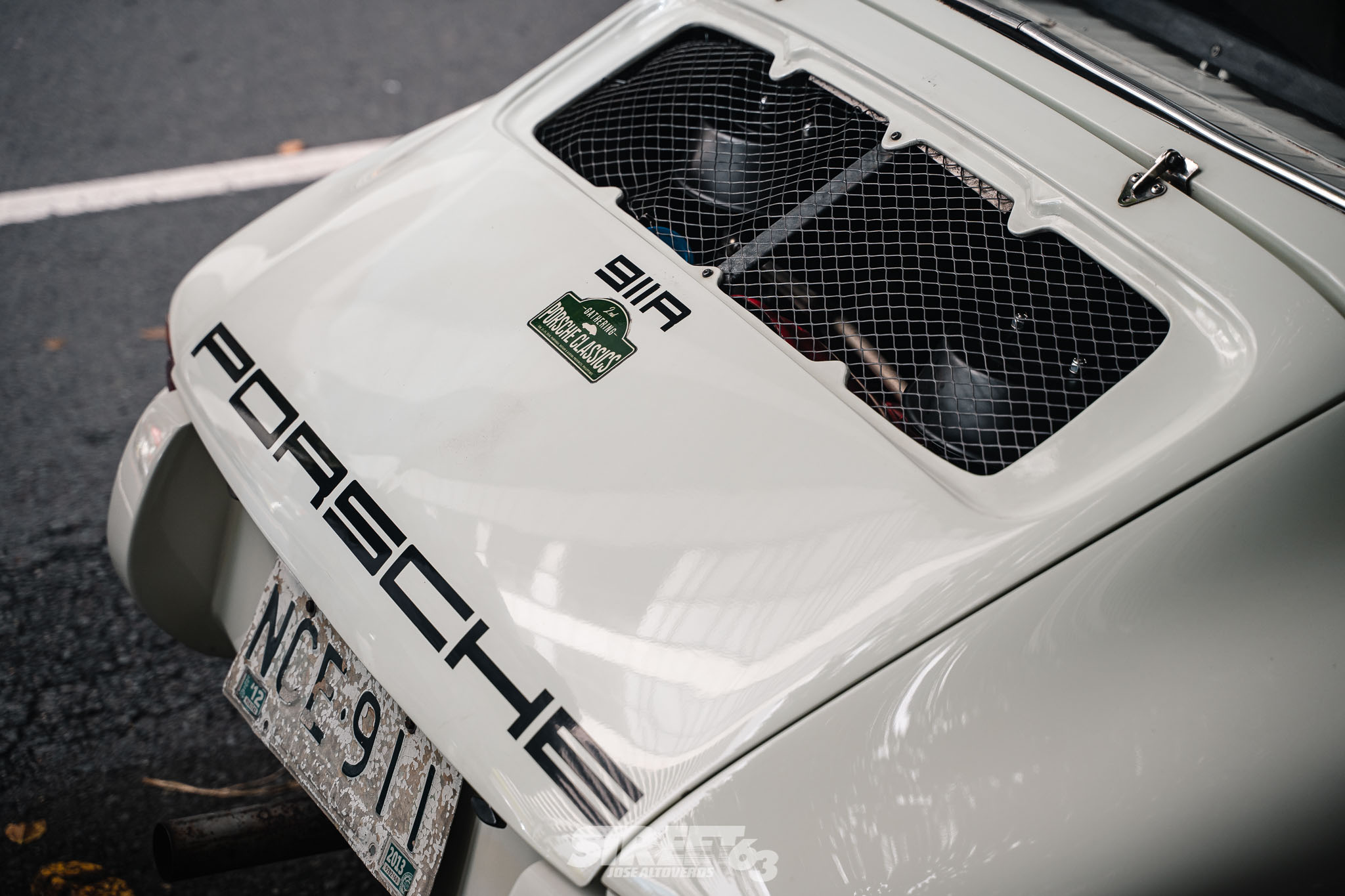
The engine is a 2.2L unit from a newer 911T, with high compression pistons, twin PMO carburetors and MSD ignition. Its dyno-tested 150whp might not sound like a lot of power these days, but it doesn’t take much to get such a light car to move fast. It’s a responsive, high-revving engine, eager to get to 6,500rpm and more than happy to stay there. A 901 transaxle with close-ratio AFMSX gears helps with acceleration, though the dogleg arrangement takes some getting used to.
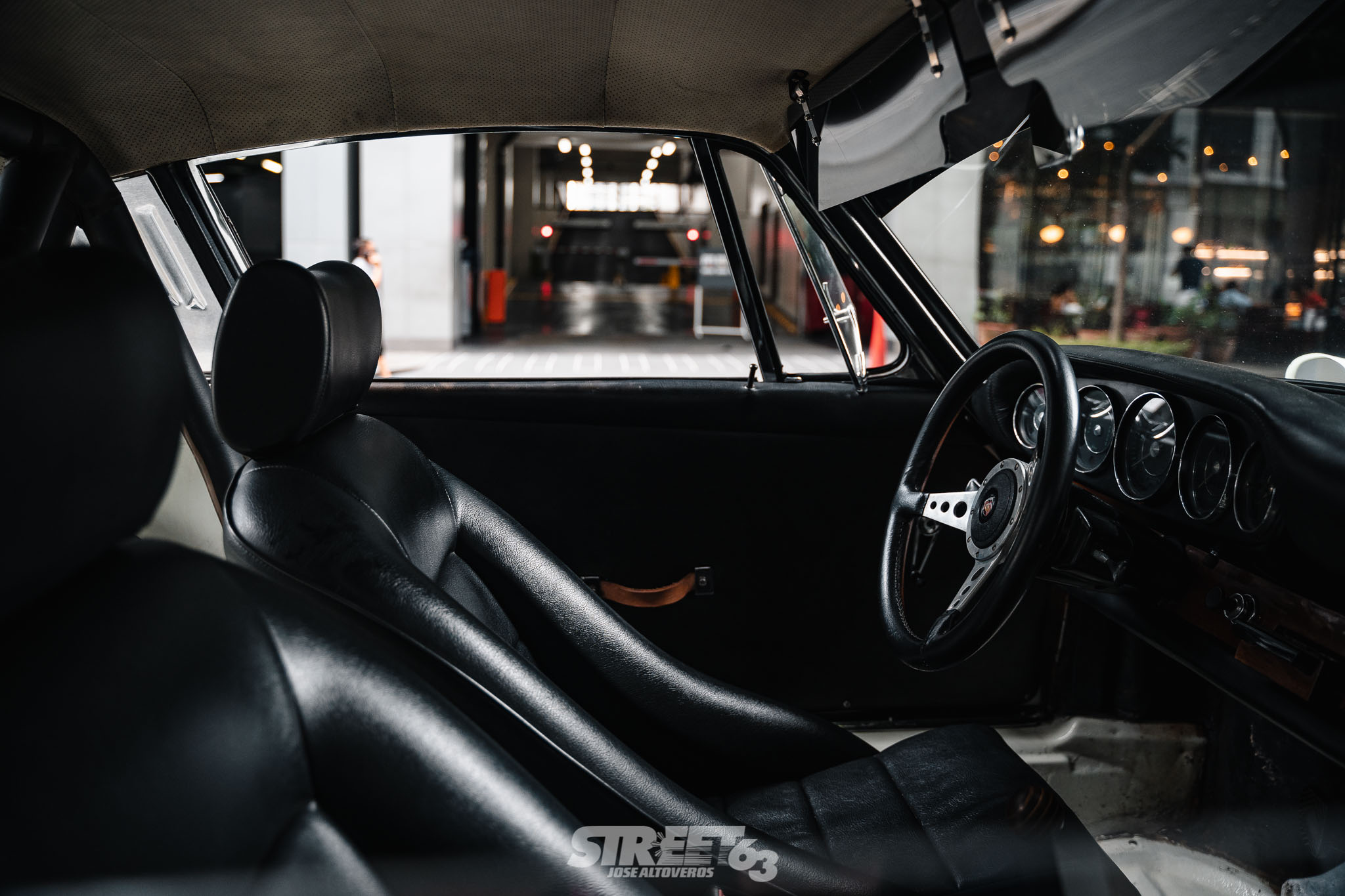
What really sets the car apart from other 911s are the tiny details. The rear decklid is hinged externally, which allows it to open up at a greater angle to provide better access to the engine bay. At the operational end of the dogleg 901 gearbox is a shifter made of balsa wood, like in Porsche’s Le Mans-winning 917. One of the more personal touches are the aircraft-style tinted sun visors.
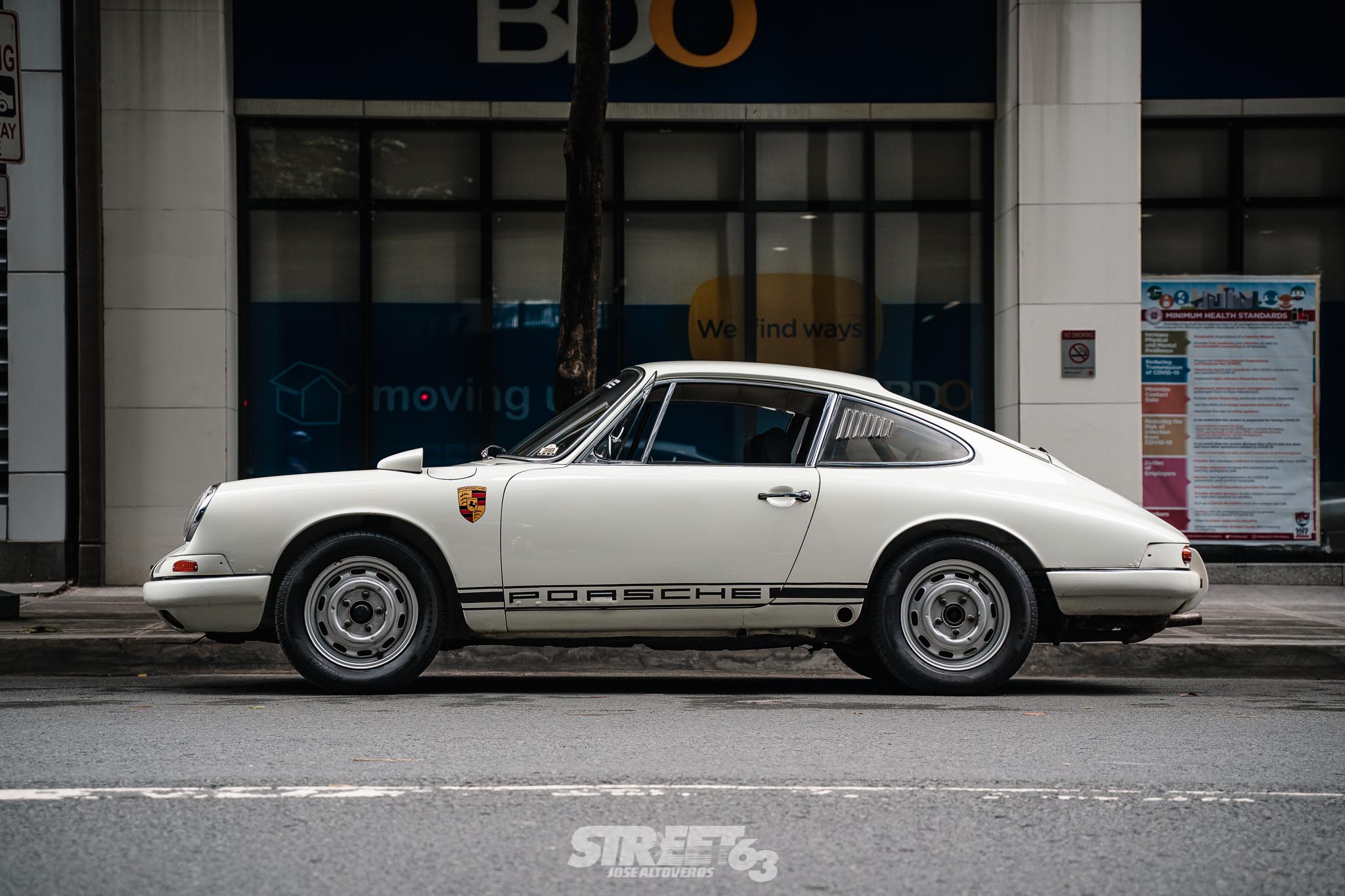
The car sits on a square set of 15x5.5” steel wheels. Coupled with the early 911’s short wheelbase, the narrow tires make the car a bit of a handful to drive, but in the right hands can provide plenty of fun and excitement. For track use, Noy keeps a staggered set of Fuchs alloys in storage.
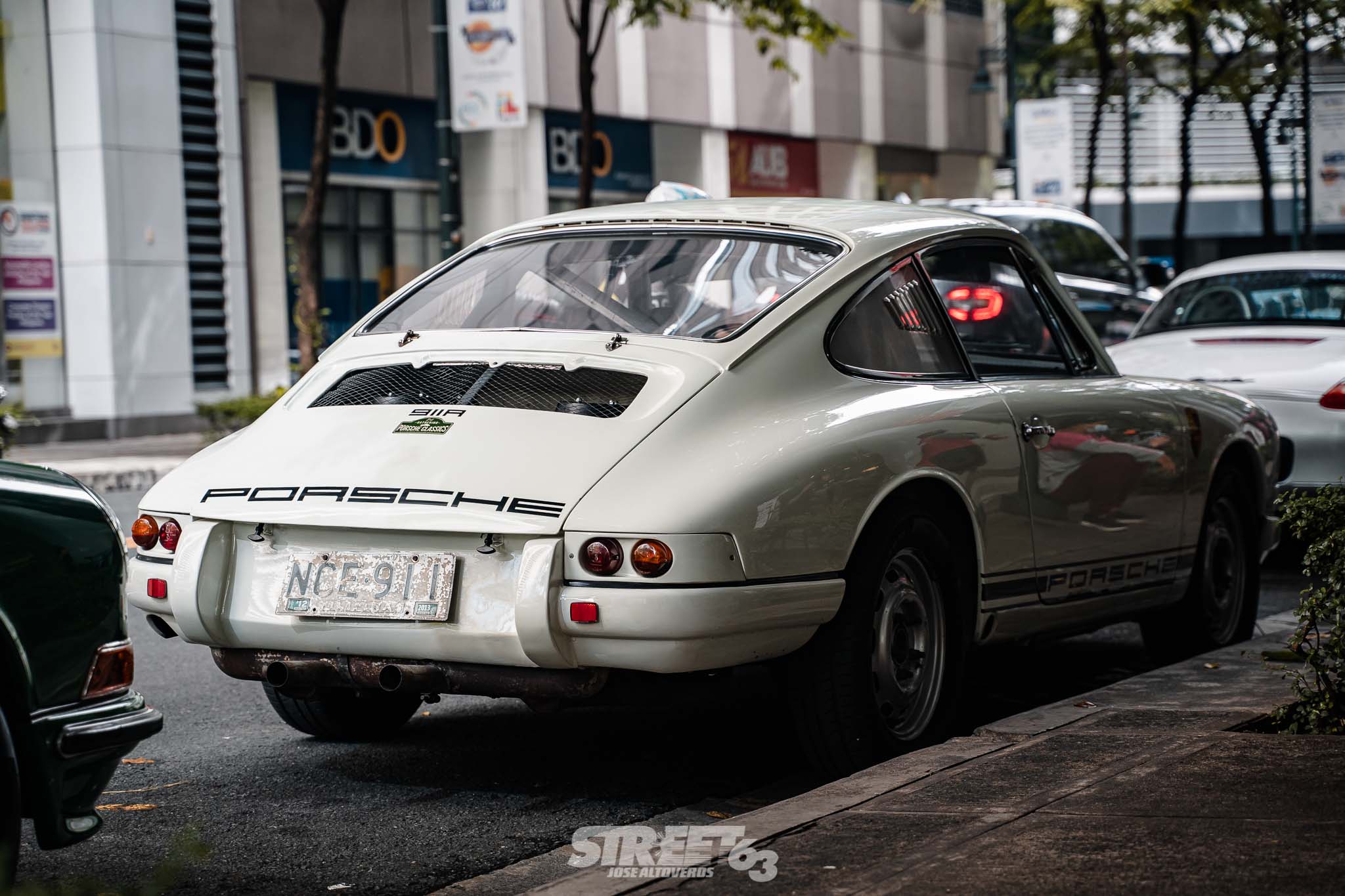
We were fortunate enough to be tossed the keys to both this 901 and the 911E that follows, and coming from a background where we’re familiar with mostly front-engined, rear-wheel-driven Japanese cars, the ’65 901 is an eye-opening experience that redefines the term ‘analog’ for us. Everything from the skinny tires, the short wheelbase, the high-strung 2.2L motor, and all the Sports Purpose pieces fitted all allow the driver to have a proper feel of every surface of the road with nary a piece that would cushion the experience. While you’d normally find being tossed the keys to a Porsche a treat, in this case there’s a feeling of overwhelming responsibility to do the vehicle justice – this is a true racing veteran after all. There’s nothing ‘civil’ about this car, and it’s refreshing in the sense that even after 50 years its intent to give an unabashed motoring experience still rings true to whoever sits behind the wheel.
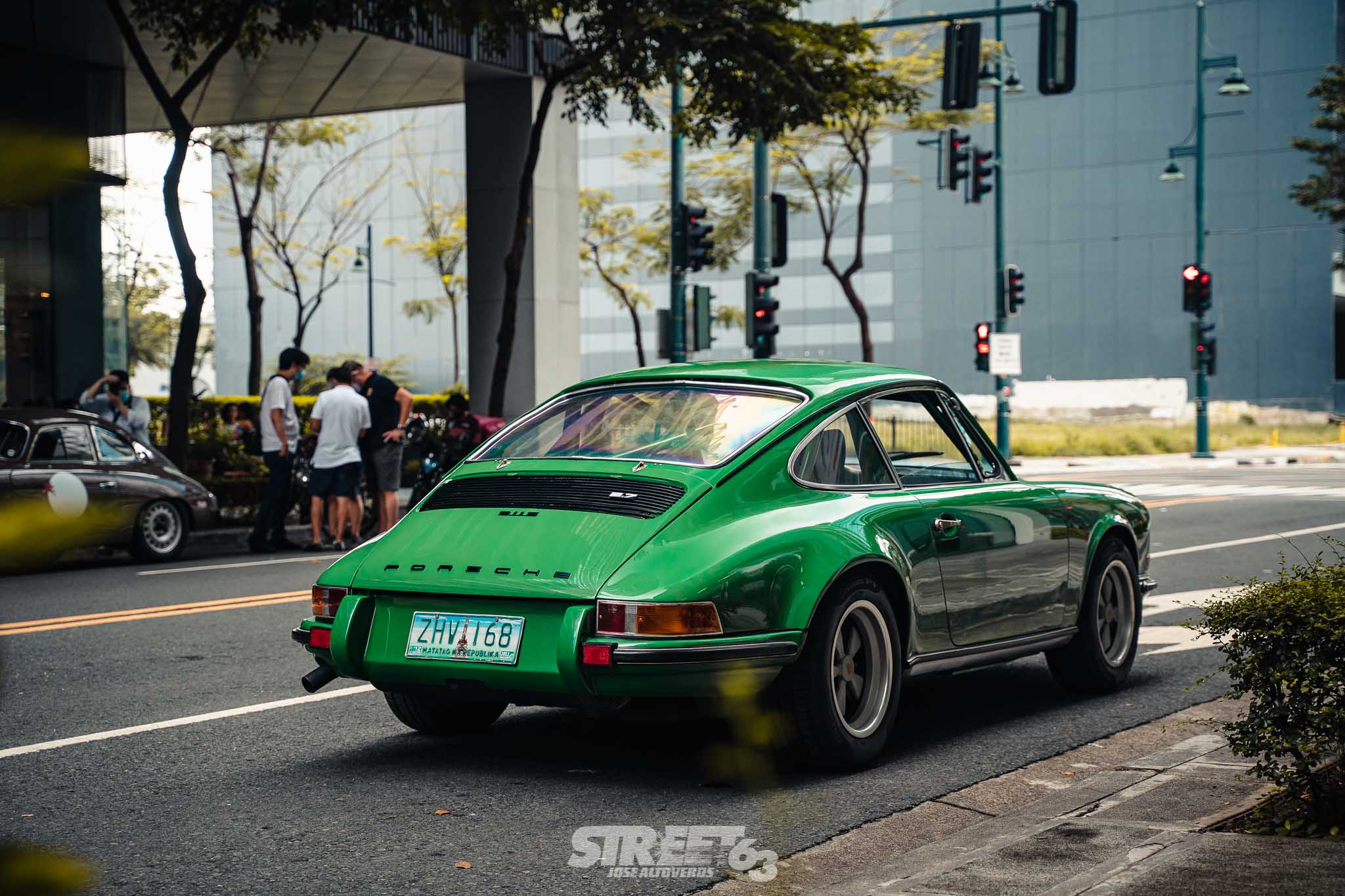
With its flashy green paint, Noy’s 1973 911E is a real eye-catcher. It’s more of a street car compared to the ’65, which one might find hard to believe, seeing as it has a rollcage like his racecar.
The car is built as a tribute to the 1973 Carrera RS Prototype. The fenders and front bumper are RS-style pieces, but like the RS Prototype, the car lacks the rear ducktail spoiler of the production RS models.
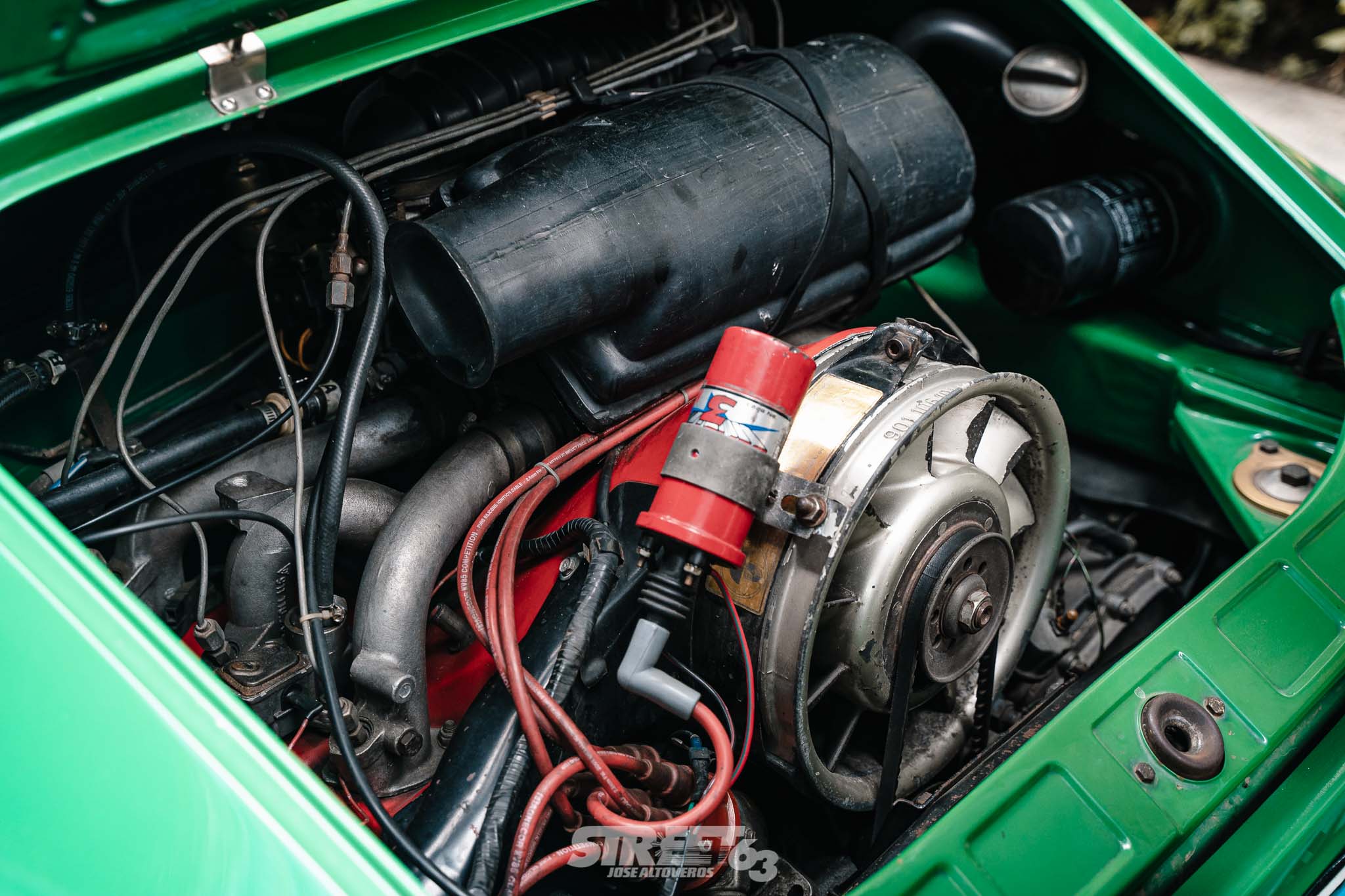
The engine has been swapped for a 2.7L unit as used in the Carrera RS and the later G-Series 911, with Bosch CIS mechanical fuel injection. Ignition is handled by an MSD controller, as on the white car. Power is delivered by a Porsche 915 transaxle, which ditches the dogleg shift pattern of the earlier 901 gearboxes for an orthodox 5-speed orientation.
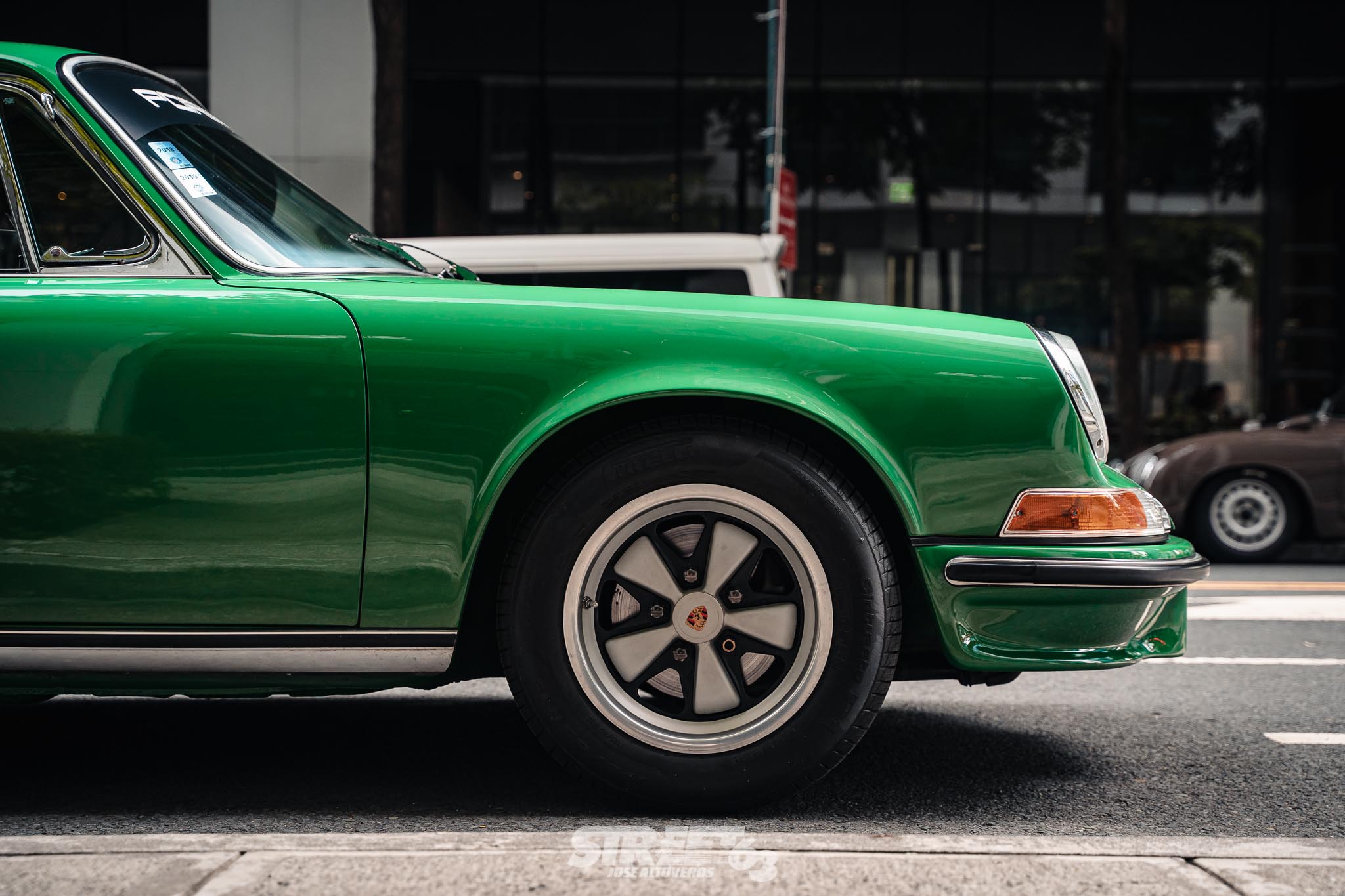
With its longer wheelbase, the green ’73 car is an easier drive than the ’65. As this was built to be more of a tourer than the 901, Noy likens the latter with a shot of espresso while the ’73 acts as a proper cup of coffee that can bring enjoyment on lengthy drives, much like sipping a cup of coffee versus the ‘get in and drive’ espresso shot nature of the 901. That said, the ‘73 runs a more street-oriented suspension setup and wider rear tires to help reduce the chance of the car pirouetting around corners. While we say that this car is more tame than the ’65 901 though, it’s still raw and unfiltered compared to a much newer supercar – and you’d still have to know your way behind the wheel to get the most out of it.
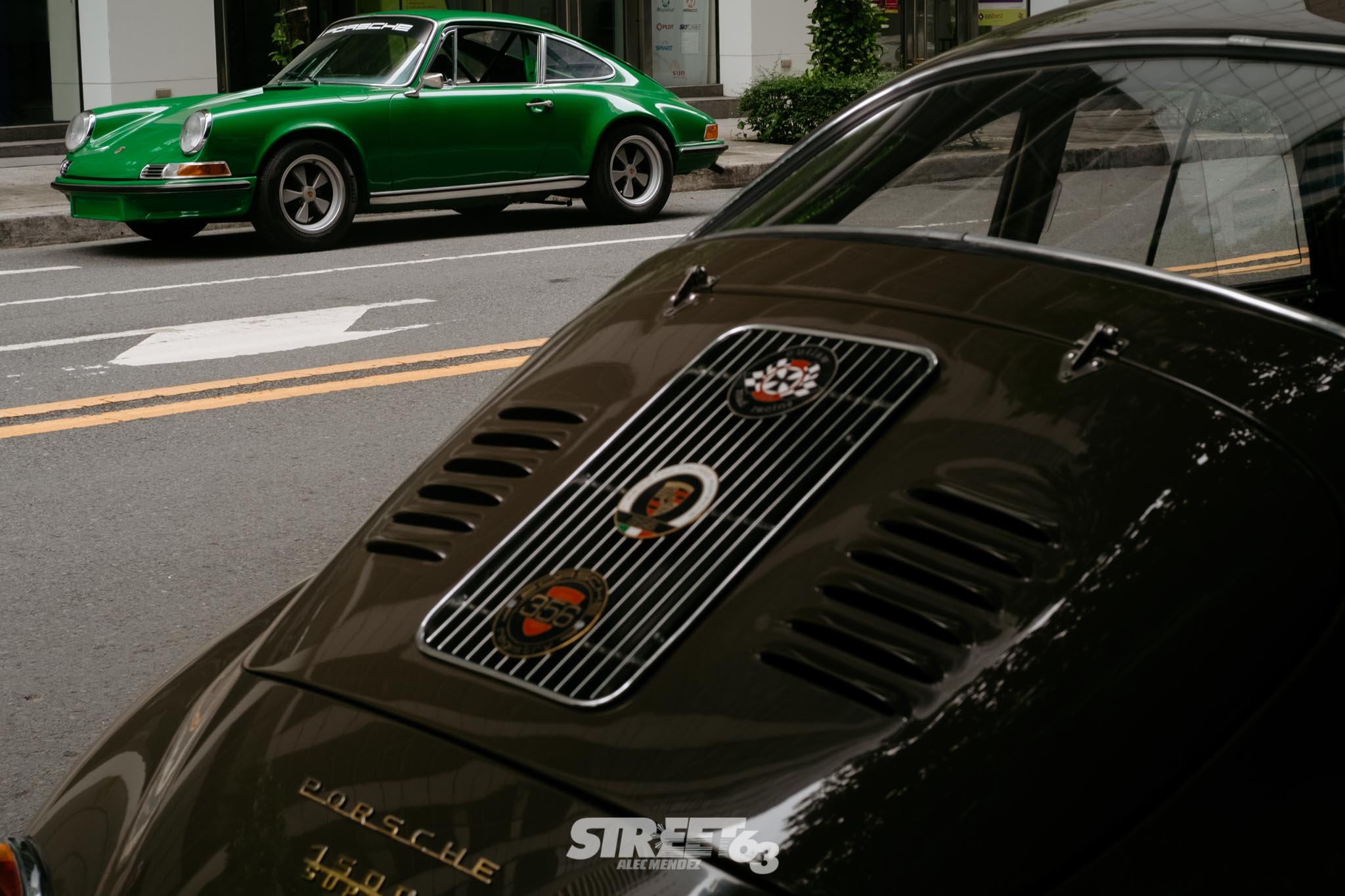
Though we wanted to feature just Noy’s ’65 and ’73 cars originally, his friend Manny’s nicely-built 356 replica happened to be present on the day of our shoot as well, and we couldn’t resist having a closer look.
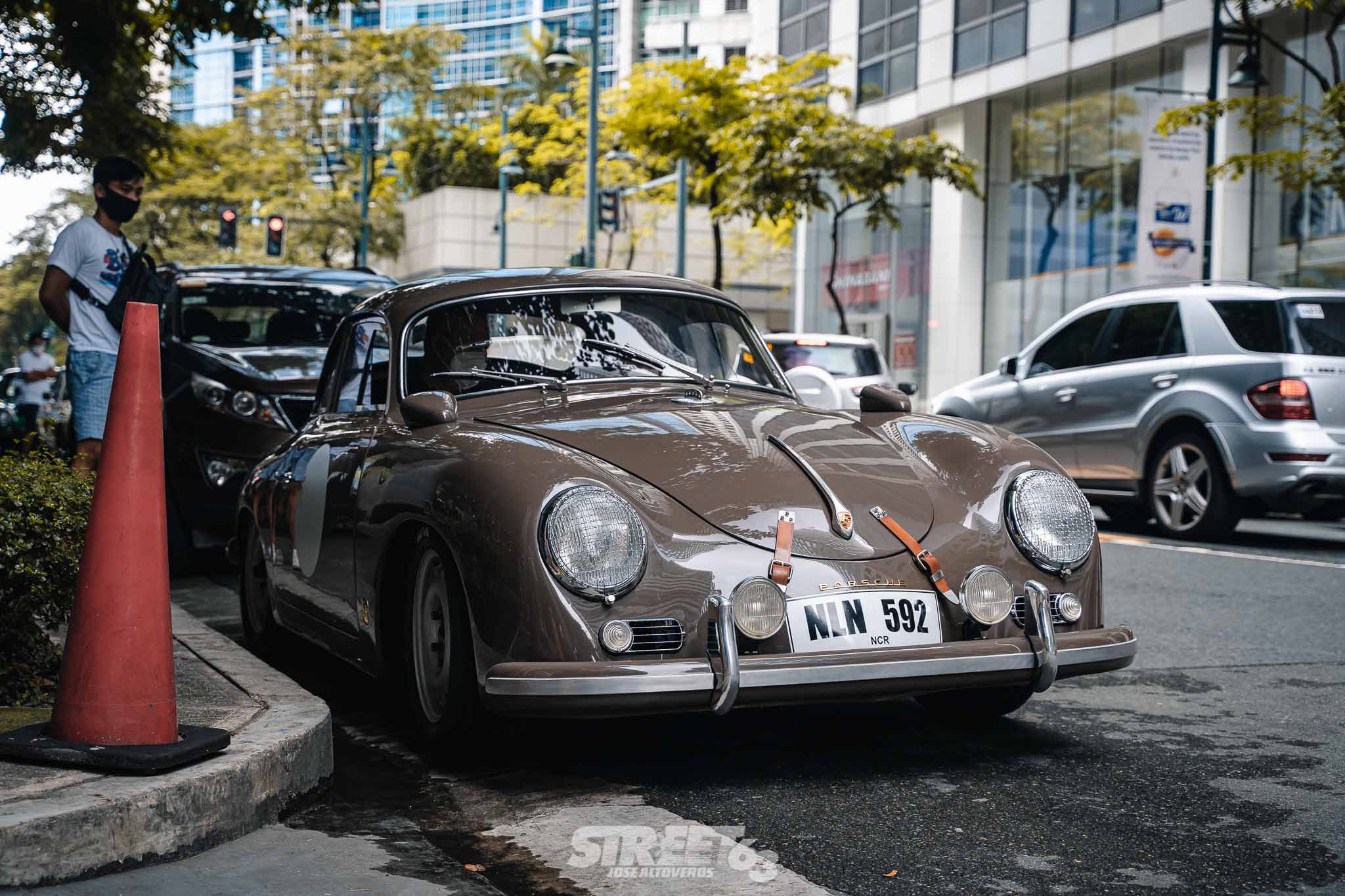
It’s a very well-done replica, with the fine details nailed down to the engraved Porsche logos on the air filters. Manny’s 356 is a more restomod sort of build, with modern elements like carbon kevlar doorcards.
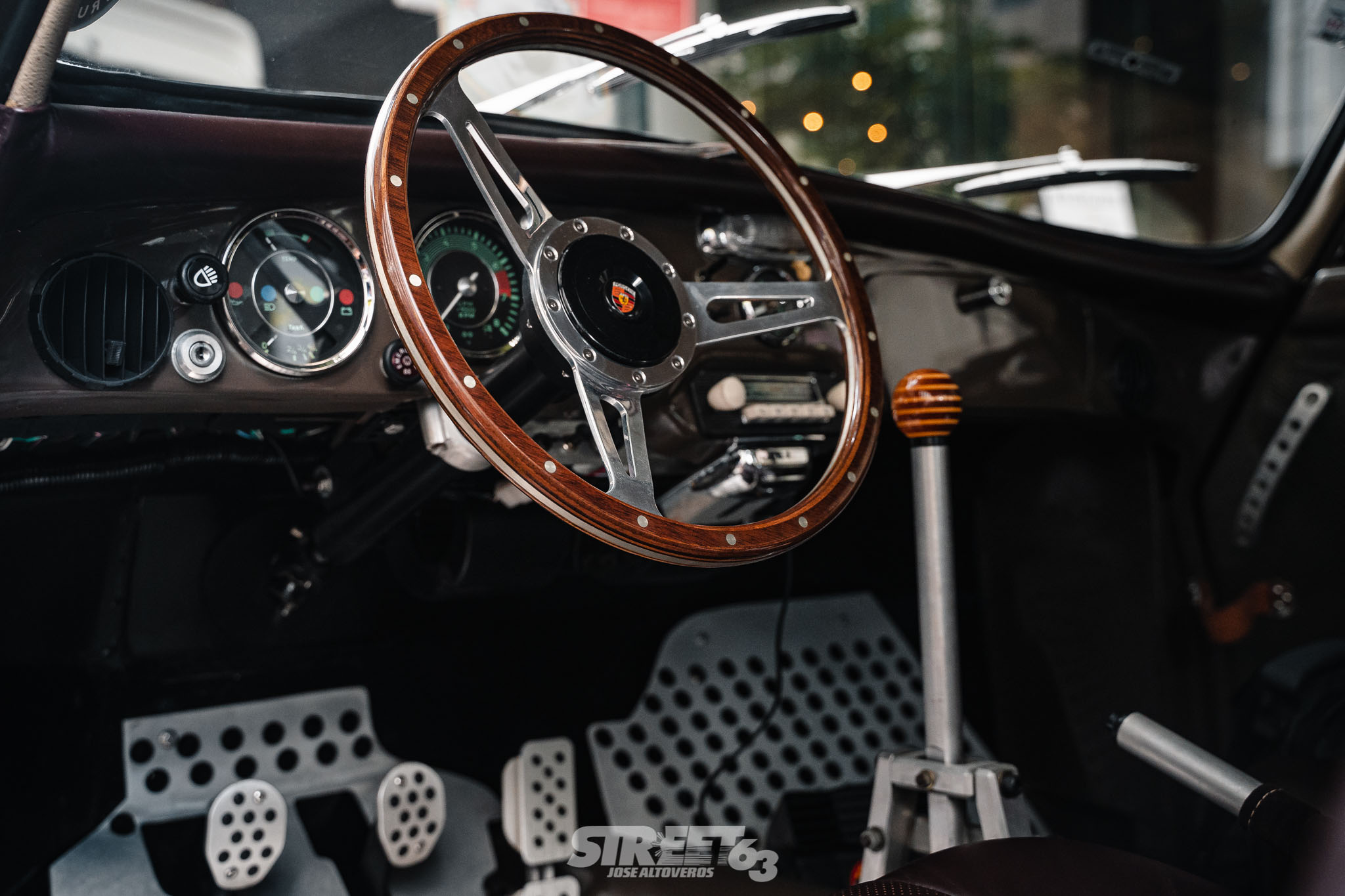
Still, it is undeniably Sports Purpose. The 356, being a fair bit smaller than the later 911, offers a different sort of driving experience. The small dimensions of the 356 makes it easy to place on the road and move through traffic, all while delivering similar deftness of handling to the 901 earlier. The short shifter that acts as centerpiece to its well-appointed interior is more than just props too. It takes a bit of getting used to how short the throw really is – truly a Sports Purpose touch that makes itself known to the driver. Despite being down two cylinders to the 911, the 356 sports a rather torquey punch on low rpms compared to the high-strung motors of the 911 – we reckon a perfect fit for squeezing in and out of traffic on city streets.
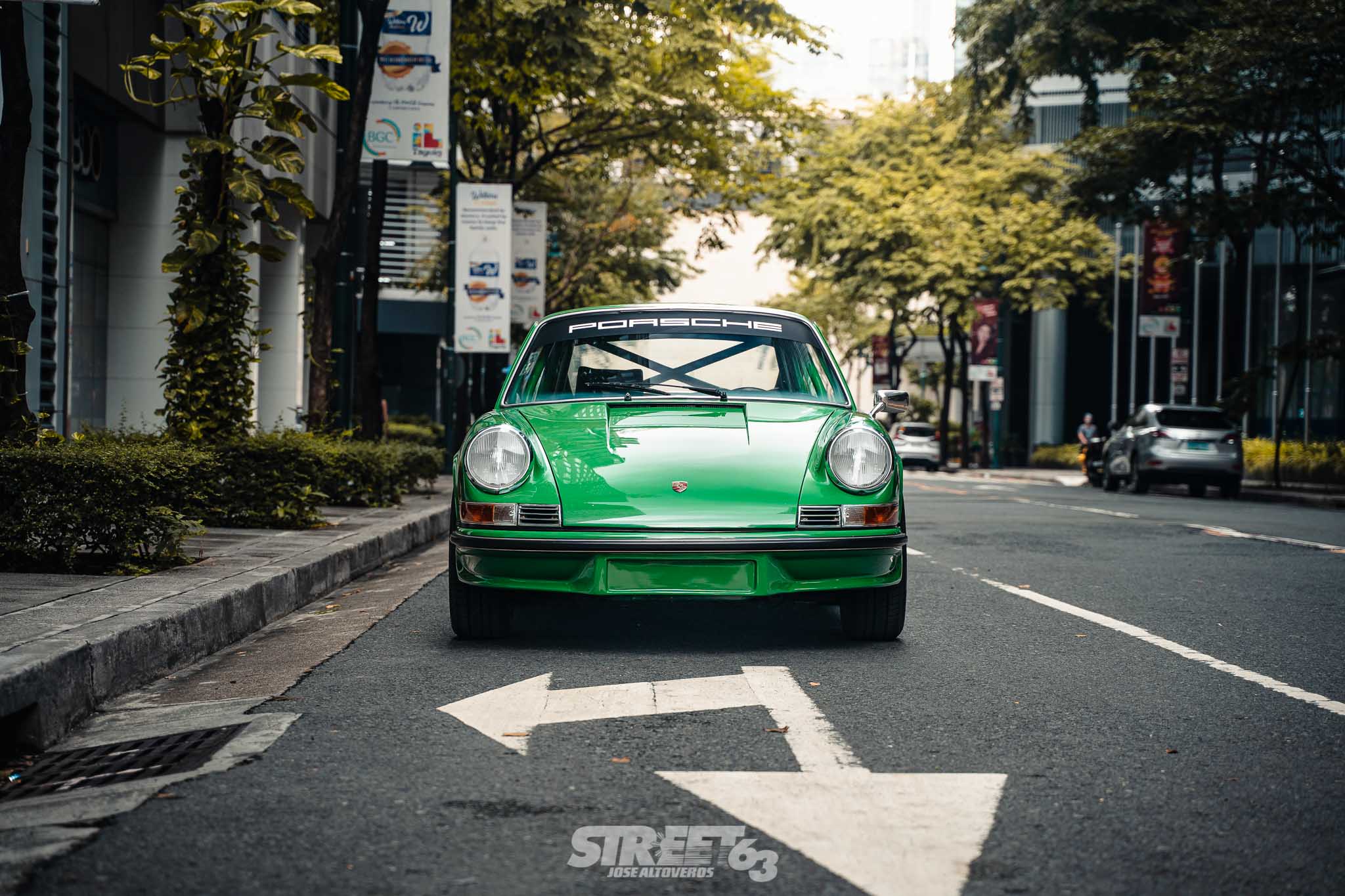
It may come as a surprise to the rest of the world that the Philippines has quite a few old Porsches built in the Sports Purpose style, and we’re glad to have had the chance to take a closer look and show everyone this fine gem of Manila’s car culture. Interest in aircooled Porsches won’t be going away any time soon, and if these three cars are anything to go by, they’ll be worth talking about for decades to come.
Words by Alec Mendez, driving impressions by Aurick Go
Photos by Alec Mendez, Jose Altoveros
1965 Porsche 911
Engine and Driveline
Porsche 2.2L flat six engine swap from 911T, Solex cams, JE 9.5:1 pistons
Twin PMO carburetors
MSD 6AL ignition controller with MSD Blaster 3 ignition coil
Porsche 901 transaxle with AFMSX gearset
Wheels, Brakes, and Suspension
Porsche 15x5.5” steel wheels + Pirelli Cinturato P1 195/65 R15 tires
Bilstein Sport shock absorbers
22/28mm torsion bars, 18mm front sway bar
Exterior
Fiberglass 911R style front and rear bumpers
911R style taillights, front turn signals and open horn grilles
Aluminum engine cover with external hinges
Replica 550 Spyder driver’s side mirror
Lexan rear windshield and rear quarter windows
Interior
6-point half rollcage
Moto-Lita steering wheel
Lightweight racing seats
Replica 917 balsa wood shift knob
Aircraft style tinted sun visors
1973 Porsche 911E
Engine and Driveline
Porsche 2.7L flat six engine swap
Bosch CIS fuel injection
MSD 6AL ignition controller with MSD Blaster 3 ignition coil
Wheels, Brakes, and Suspension
Porsche Fuchs wheels + Pirelli Cinturato P1 tires (195/65 15x7” front, 205/65 15x8” rear)
Exterior
Carrera RS style front bumper
Interior
White face gauges with 911SC style tachometer
8-point rollcage
Momo GT steering wheel

